Name Dan Kiley Role Landscape architect | ||
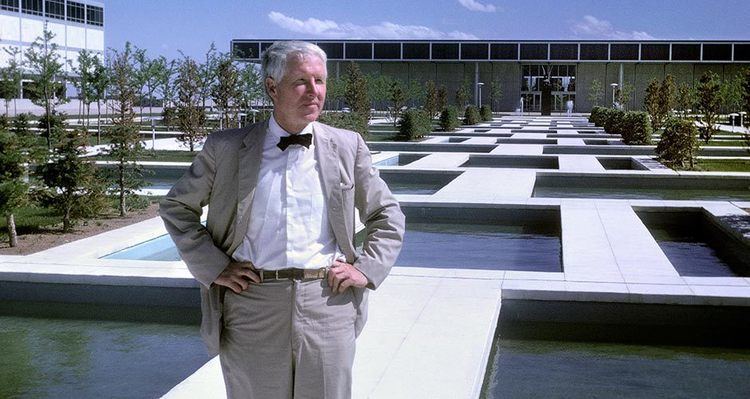 | ||
Books Peter pan syndrome, Wendy Dilemma, Mirrors of Paradise, Living together - feeling al, What to do when he won't cha | ||
Dan kiley s modern take on classical gardens laurie olin
Daniel Urban Kiley (2 September 1912 – 21 February 2004) was an American landscape architect in the modernist style. He designed more than 1,000 projects including the Jefferson National Expansion Memorial in St. Louis and the Art Institute of Chicago's South Garden.
Contents
- Dan kiley s modern take on classical gardens laurie olin
- Richard haag biography summers working for dan kiley 6 of 9
- Life and career
- Exhibitions
- Awards
- Influential projects
- References
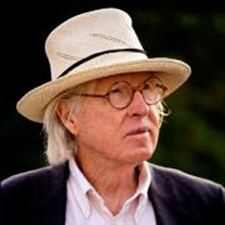
Richard haag biography summers working for dan kiley 6 of 9
Life and career

Kiley was born in Roxbury, Boston, Massachusetts, where his father was a construction manager, grew up in West Roxbury, Boston, and in 1930 graduated from high school in Jamaica Plain. In 1932, he began a four-year apprenticeship with landscape architect Warren Manning, working without pay for the first year, then at 50 cents per hour, during which he learned the fundamentals of office practice and developed an interest in the role of plants in design, sparking his later creative and innovative use of plants in the landscape. From 1936 to 1938, Kiley was a special student in the design program at Harvard University, while continuing work with Manning for 30 hours per week. Among his classmates and friends were Garrett Eckbo and James C. Rose, who also became influential landscape architects. After two years at Harvard, upon Manning's death and the dissolution of his practice, Kiley left without graduating. He worked briefly for the National Park Service in Concord, New Hampshire, and later the United States Housing Authority, where he met architect Louis Kahn. On Kahn's advice, Kiley left the Housing Authority in 1940 to become a licensed practitioner of architecture.
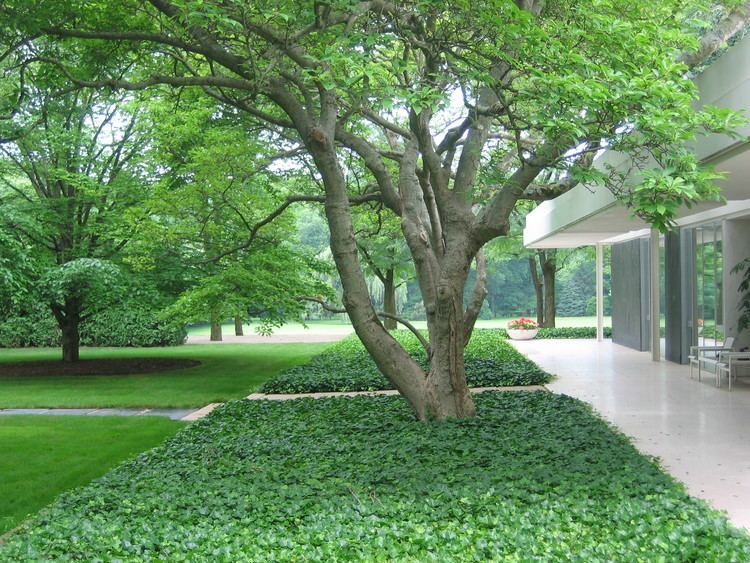
From 1943 to 1945, Kiley served in the U.S. Army as Captain in the Presentations Branch of the Office of Strategic Services, becoming its director after architect Eero Saarinen stepped down. At the end of World War II, Kiley designed the courtroom where the Nuremberg Trials were held. While in Europe, he visited the work of André Le Nôtre at Sceaux Chantilly, Versailles, and Vaux-le-Vicomte, whose formality and geometric layout shaped his future Classical Modernist style.
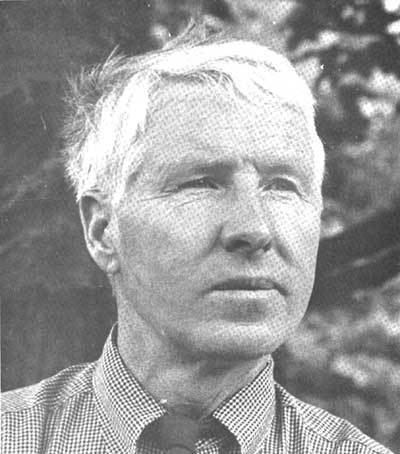
Following the war, Kiley found himself one of the only modern landscape architects in the postwar building boom. In California, his friend Garrett Eckbo, Thomas Church and others were developing and practicing the modernist style. Kiley re-established his practice in Franconia, New Hampshire, and later moved it to Charlotte, Vermont. In 1947, in collaboration with Saarinen, Kiley entered and won the competition to design for the Jefferson National Expansion Memorial, a high-profile job that launched his career as a landscape architect.
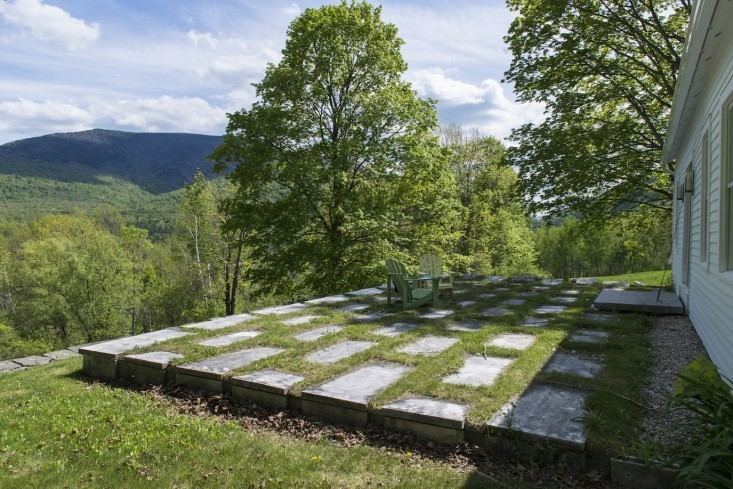
Kiley’s first essentially modern landscape design was the Miller Garden in 1955, which is now owned by the Indianapolis Museum of Art and known as the Miller House and Garden. Among his other masterworks are the Fountain Place in Dallas, Texas; the NationsBank Plaza in Tampa, Florida; the United States Air Force Academy; the Oakland Museum; Independence Mall in Philadelphia; and the Dallas Museum of Art. He completed more than 900 projects, which received countless awards. In 1997, he was presented with the National Medal of Arts. In his office, he hired and inspired designers such as Richard Haag, Peter Hornbeck, Peter Ker Walker, Peter Schaudt and Ian Tyndal.
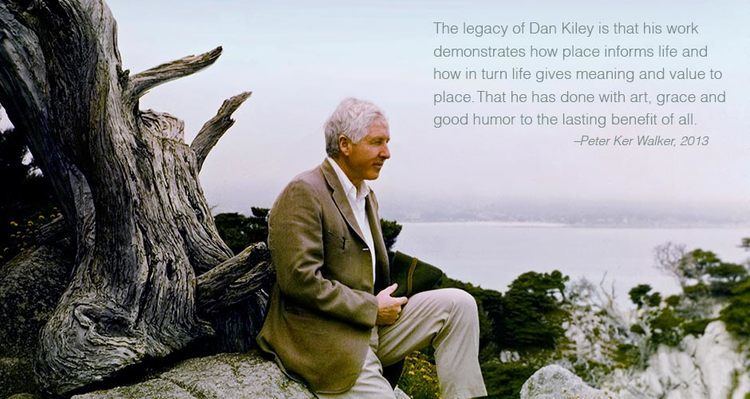
The unique geometric layout of allees, bosques, water, paths, orchards, and lawns characterize Dan Kiley’s design. To Kiley, regular geometry lay at the heart of his design. Like his predecessors, Le Corbusier and Le Nôtre, Kiley believed that geometry was an inherent part of man. It was the structure man could use to gain comprehension and create stabilization of his surroundings. He also firmly believed that man was a part of nature, rather than being separate from it. Rather than copying and trying to imitate the curvilinear forms of nature he asserted mathematical order to the landscape. Kiley’s landscapes overstepped their boundaries rather than ending elements neatly on a suggested edge. He called this approach, slippage, or an extension beyond the implied boundary, creating ambiguous relationships in the landscape. Dan Kiley was a landscape architect made famous by his hundreds of distinguished works of landscape design, and inspires many students and professionals in the field of landscape architecture.
Exhibitions

In 2013, The Cultural Landscape Foundation (TCLF) organized a traveling, photographic exhibition titled The Landscape Architecture Legacy of Dan Kiley, which features 45 newly commissioned photographs of 27 of Kiley’s more than 1,000 designs. It is currently on a multi-year, national tour.
Awards

